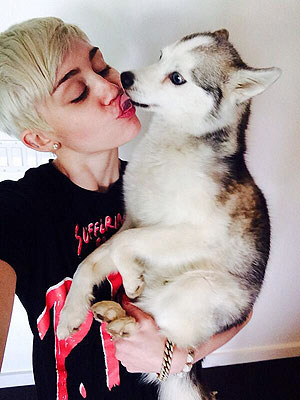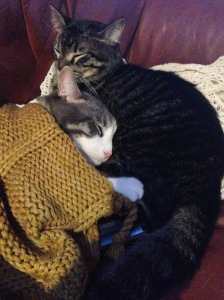An expected opinion of no-kill animal shelters is usually positive and supportive. The idea of a protected place that accepts homeless animals and promises not to euthanize for lack of adoption sounds like a dream, right? I certainly supported no-kill shelters for my entire life up until now. I can’t say that I have given up that opinion, because not supporting a no-kill shelter seems heartless, but I am now torn with two contrasting opinions. I discovered an article that lists five extremely valid points as to why no-kill shelters are not necessarily a good thing.
- Animals are turned away at the shelter door, but they don’t magically vanish. “No-kill” shelters are usually at capacity, so they stop taking in animals, including those in emergency or abusive situations. As just one example, someone turning three dogs in to an open-admission shelter in Mississippi told a reporter, “It was either that or shoot them.”
- Animals still die—but in pain. Instead of a peaceful death in a caring person’s arms, animals die slowly and in agony on the streets, in backyards, under sheds, on chains, and at the hands of abusive people. In San Antonio, Texas—which is striving to be a “no-kill” city—the bodies of nearly 16,000 dogs and nearly 12,000 cats were scraped off the streets and properties in just one year. One animal control officer termed it “euthanasia by proxy.” It is also becoming common for shelters that boast high “save rates” to have a sky-high rate of unassisted deaths in cages and kennels from illness or injuries.
- Animals spend months or years in cages. Experts agree that after as little as two weeks in a traditional shelter, animals can begin to deteriorate psychologically and become withdrawn, depressed, anxious, or aggressive. If adopted, animals who have been confined for extended periods are often repeatedly returned because of behavioral issues—a traumatic yo-yo experience that makes them even less adoptable.
- Animals are cast out and keep on reproducing. To increase “save” rates, some shelters promote animal abandonment. One big sanctuary recently issued a news release urging Good Samaritans to leave homeless kittens on the streets, rather than taking them to a shelter. That’s madness: Not only are abandoned kittens in danger of infection, disease, starvation, and being hit by cars, attacked by dogs and wildlife, and abused by cruel people, the surviving ones will also eventually go on to reproduce, resulting in even more homeless animals.
- Animals are handed over to abusers and hoarders. When numbers become the priority, animals are no longer viewed as individuals deserving of consideration and respect but instead as inventory that must be moved, causing shelters to toss aside even basic safeguards. Homeless animals are increasingly being found tortured and killed by adopters who weren’t screened or, even more commonly, caged in hoarders’ filthy basements, garages, sheds, and barns. Every day, headlines appear about raids on self-described “rescuers” and the animals—both sick and dead—who were removed from the cruel and disgusting conditions in the homes of the “rescuers.” When one hoarding facility masquerading as a “rescue” in San Jose, California, caught fire, nearly 100 cats burned to death inside carriers, unable to flee while the plastic melted down on top of them.
I wish this article didn’t affect me as much as it did. I truly wish that I wasn’t now doubting no-kill shelters, because the people involved in these establishments mean well, but the suffering that is involved in holding an animal and turning away others due to occupancy is such a heartbreaking thing. I will continue to weigh out the pros and cons of no-kill shelters to form a solid option, but for now, I am solidly undecided.






